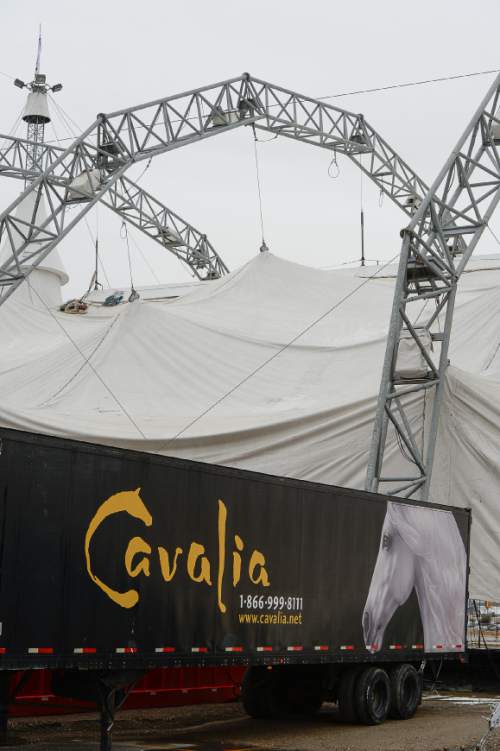
Also common in Tarangire are pythons, which with patience and keen observance may be spotted coiled in tree branches. During these months the park boasts the greatest wildlife concentration outside of the Serengeti. Tarangire’s wildlife is best viewed during the dry months from July to October when zebra, wildebeest, buffalo and the rarer fringe-eared Oryx and Eland gather at the last remaining water holes or shelter from the fierce sun under squat baobab trees.
THE SPECTACLE TENT FULL
The name of the park originates from the Tarangire River that crosses through the area, and is best known for its massive herds of elephant.ĭuring the dry season herds of up to three hundred elephant of all ages and sizes converge on Tarangire’s permanent water source and can be seen digging in the once full riverbed in search of underground springs.

Tarangire National Park is situated in Tanzania's Manyara Region and is our first destination on the Northern Serengeti Migration Safari. This epic round-trip journey spans almost 3000 kilometres and ongoing. This treacherous journey is dictated by the seasons and and associated rainfall patterns, and the wildebeest are not far behind. The Northern Serengeti Migration Safari gives you the opportunity to witness of the greatest wildlife spectacle on the planet, the Great Migration.Įach year, almost two million wildebeest and 20 000 plains game migrate from Tanzania's Serengeti to the south of Kenya's Masai Mara in search of lush grazing grounds and life-giving water.


Around 10.45 the procession starts via Sonnenstraße, Schwanthalerstraße and Bavariaring in the direction of Theresienstraße. and the guests spread themselves out on the beer benches inside, the traditional coach and horse teams form 2 kilometers away in Josephspitalstraße. How does the moving in of the festival tent hosts proceed?Įven before the festival tents open at 10 a.m.


 0 kommentar(er)
0 kommentar(er)
